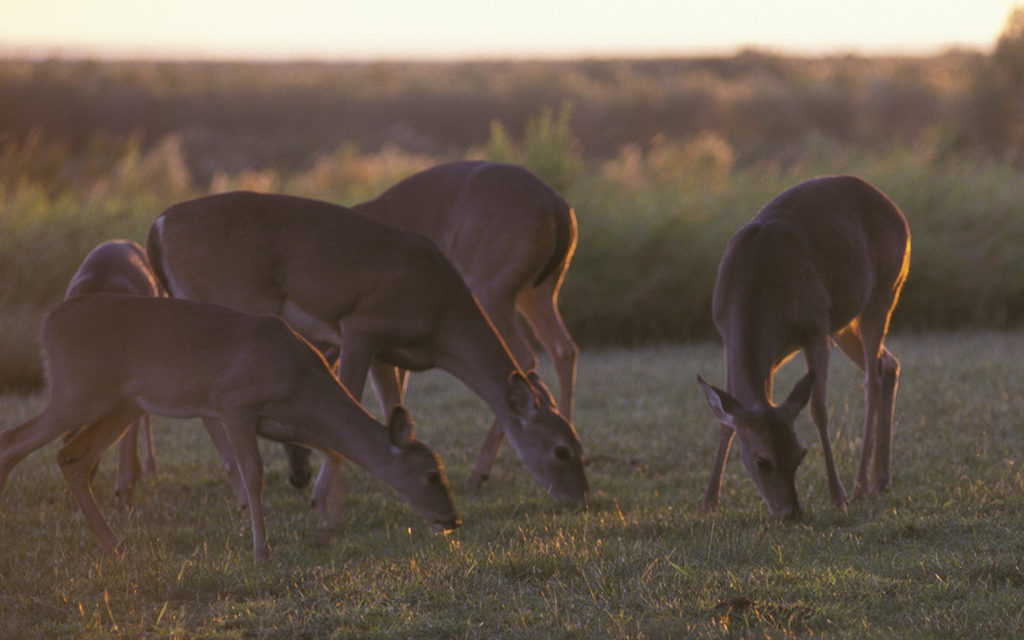By John Jefferson
My first deer was a doe.
Doe hunting was finally being accepted in the Hill Country. Earlier, when first proposed by Parks and Wildlife, it had been a battle. Nearly half a century later, it’s still referred to as “the doe wars”. So many violently opposed the idea of “shooting the mother of the species,” that TPWD wildlife biologists conducting public hearings took game wardens with them for protection.
Ranchers finally realized that like it or not, the economic reality was that their ranches had a lot more does than bucks, and charging hunters to shoot them could be profitable. Even at a going rate of only $20 a doe, when considering the number of does on the range, ranchers began envisioning a new pickup in the barn.
A friend invited four of us to hunt does on his Mason County ranch. He said that after hunting, walk to the dry creek bed and follow it until I saw the lights from the cabin. I felt like a hunter — packing a rifle and trudging through wild country as the day ended. Admiring the colors of the sunset behind the hills that bordered the creek bed, I kicked a baseball-size rock. As I did, a deer’s head popped up, silhouetted against the sunset.
Dropping to one knee, I verified that it was a doe. I sighted through the peep-sight on my “sporterized“ 6.5 mm Swedish Mauser, took a deep breath, released half of it, and squeezed the trigger as calmly as my pounding heart permitted. Army training helped. When I recovered from the recoil and muzzle flash in the shadowed creek bed, the deer head had vanished.
Then, it popped back up! Disappointed, I shucked another round, aimed, and fired again. Same scenario! Had I missed AGAIN! I knew I’d hear about that back in camp. Probably all the way home, too. Then, the head popped back up, once more.
I fired. And waited. Nothing happened. I waited a few minutes more, and then decided to check for blood before dark. Sixty yards uphill, I found a very dead, but still warm, doe. Surprisingly, there was only one bullet hole — right through the heart.
The guys congratulated me, but mused over the first two missed shots. The next day, the rancher told us that he had found where I shot the deer. Ten yards away, he found a second deer, also shot through the heart. From the shot placement on the two deer, he speculated that the third deer had been fatally wounded, but ran some distance. He said I was a one-man doe control team.
Alan Cain, TPWD’s head whitetail guy, says that of Texas 4.3 million deer, 2.8 million (65%) are does. Research shows 92% get bred. If they average about 1.5 fawns/doe, the female population continues to soar, far outpacing the bucks. Nutrition is hampered, and consequently antlers.
Antlerless season is an important management tool, allows more time in the brush, and helps build hunting experience.
JJ





